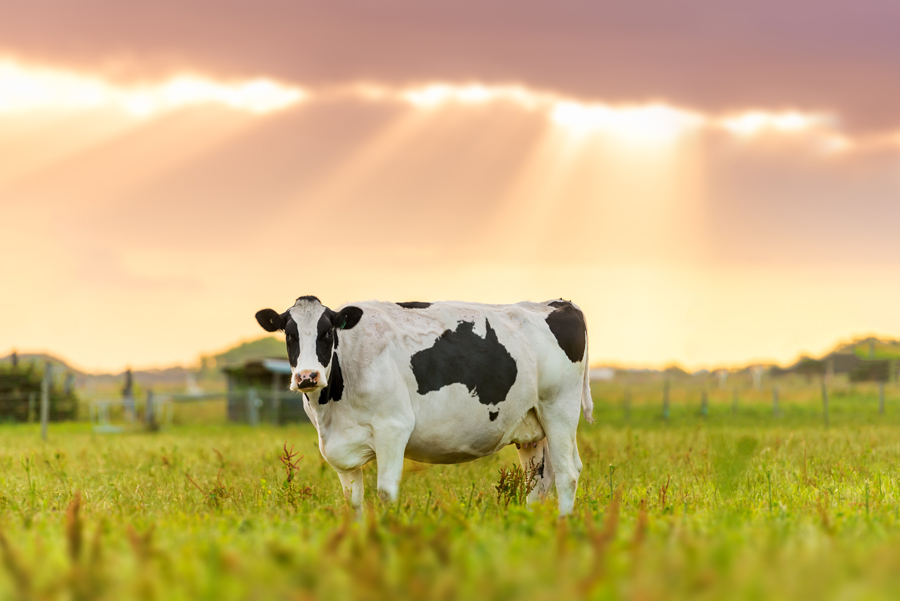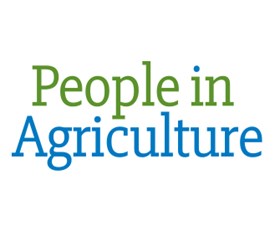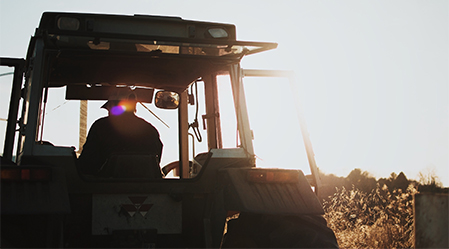Farm produce value reaches $62.8b in 2016-17: ABARES
13/7/2017
Aussie farmers have achieved a new record as reported by Australian Bureau of Agricultural and Resource economics and sciences (ABARES)
The gross amount of farm produce between the period of 2016-17 was calculated at $62.8 billion as a result of the high level of winter crop and production as well as increased wool and livestock values.
The outcome was published in the Agricultural Commodities June quarter report, and was deemed by the main agricultural predictor as outstanding even though it was slightly below the march forecast of $63.8 billion.
However, it is estimated that the record haul won’t continue like that throughout 2017-2018 as farm produce is expected to reach approx. $59.9 billion--still it’s 9% higher than the previous average of $55 billion reached within the last 5 years
Peter Gooday, executive director of ABARES has stated that despite the forecast drop, the general outlook for this year seems bright.
Mr. Gooday has commented that the gross value of livestock production is expected to rise by 3.5% to $30.2 billion 2017-18 triggered by forecast raises in values of livestock produce, an especially wool and dairy.
Additionally, export profits from farm production are expected to remain as they are at a hit record of $48 billion in 2017-18.
ABARES has explained that the record export profits of 2016-2017 which are raised 5% on the previous result were due to a 44% rise from year to year in grain and oilseed exports together with elevated lamb, beef and wool values.
The farm production that are expected to yield higher export earnings for the period of 2017-2018 feature: beef and veal (4%), dairy (14%), wool (6%), cotton (34%), wine (5%), lamb (4%) and live cattle (3%).
Some other farm products though are expected to drop though for the same period. These are: sugar (-7%), wheat (-3%), canola (-19%), chickpeas (-44%), and mutton (-5%).
ABARES forecast also estimated that the weighted average of saleyard value of beef would fall by about 3% from year to the next to 525 cents/kg on average for the period of 2017-2018 as resulted from developing beef production in Australia and export competition.
This estimate considers the strong competition of exports which is said to put pressure on saleyard values to drop, for cows and heavy steers.
In regards to the milk industry, ABARES has forecasted dairy production to increase by 4% to 9.25 billion liters as triggered by “farmgate milk prices and lower input prices”.
The average Australian farmgate milk value is expected to increase by 8%, which as they state reflects an tough competition between milk processors to keep up their market share.





